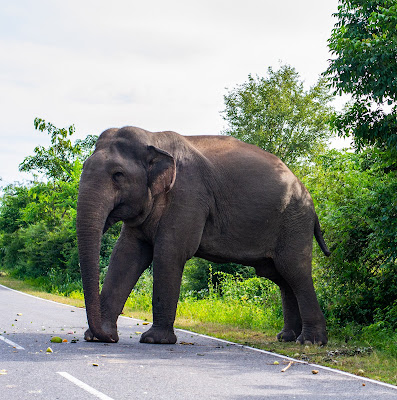Sustainable solutions to Human-Elephant conflict: a coproductionist approach

One of the greatest conservation triumphs of the era is an upturn in African elephant populations in several countries. Kenya in particular has seen its elephant population more than double over the last 30 years . After facing heavy threats to the species globally from poaching and habitat lost from human development, conservation scientists are jumping for joy as efforts to increase populations have proved successful in many regions. There are 3 main species of elephants , most people are familiar with the African and Asian elephant, but the former can actually be split into two genetically different types: the African bush elephant and the smaller African forest elephant. As a keystone species elephants are a vital part of their natural ecosystems. Many plant species depend on forest dwelling elephants to spread their seeds through their digestive system. They also act as gardeners for forest regions, uprooting trees with their trunks and leaving micro ponds with their footstep...





